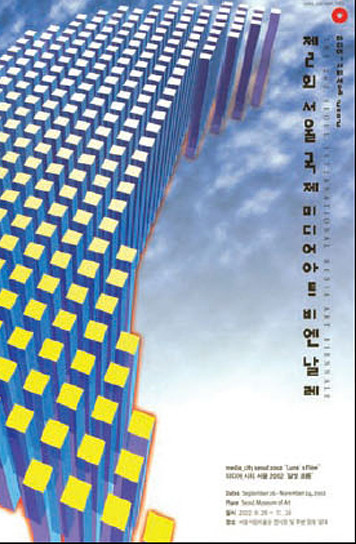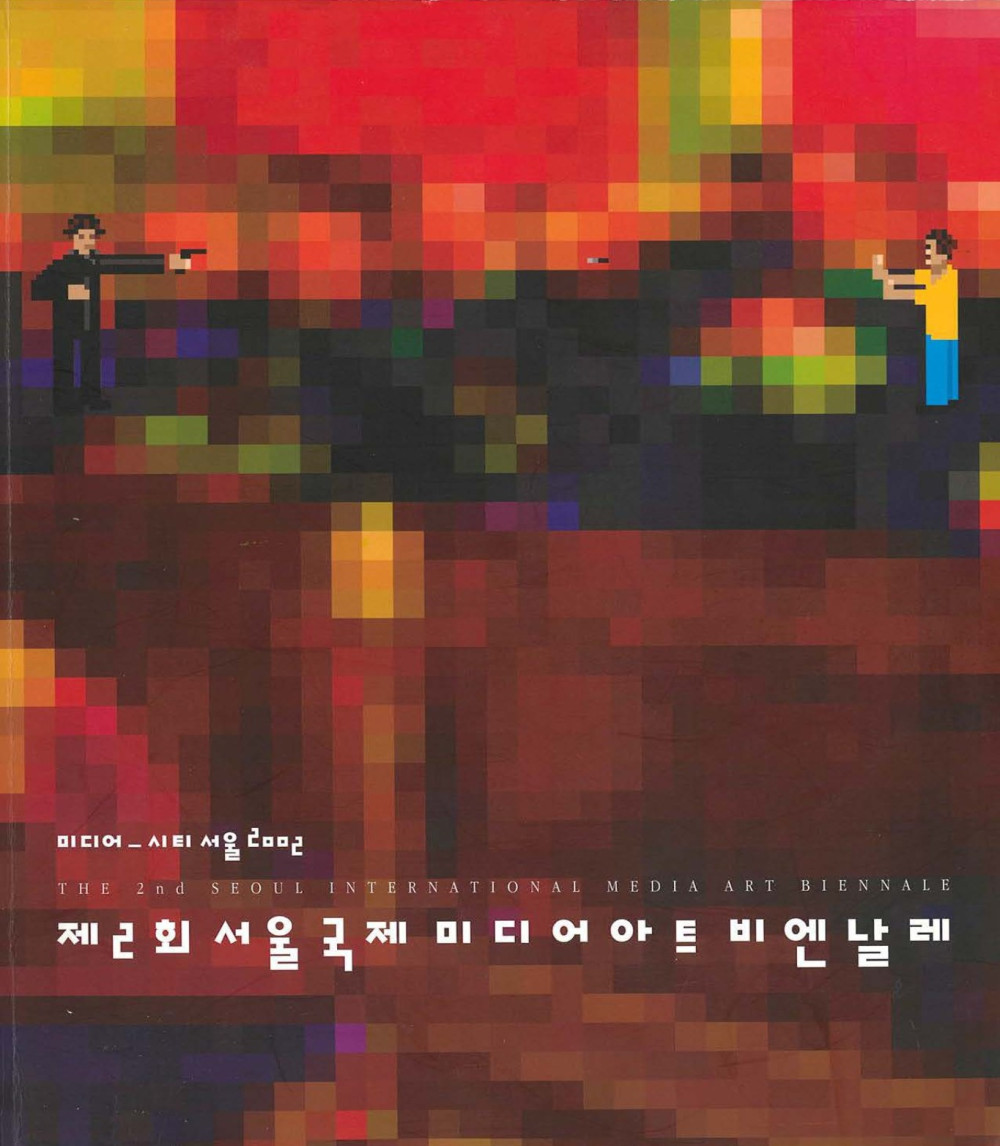Thomas Stricker is a sculptor who works with form, material and space. But the crucial dynamic in his work is the process itself and the conceptual development and permeation of his chosen media. With the meteorite atelier he created for Aussendienst in Hamburg, he looks beyond the conventional modes of drop sculpture, site-specific sculpture, and the present mood of scepticism towards their relevance, and addresses the contemporary debate about art in public spaces from the perspective of classical sculpture.
Recently, Thomas Stricker made a walk-through bronze sculpture accessed by a wooden walkway for the courtyard of the International Tribunal for the Law of the Sea in Hamburg. With its archaic, organic appearance, this sphere, punctured by a door and porthole windows, looks as though it could have risen up from the depths of the ocean or fallen from outer space. It is an attempt to let the sea have its say, to set up some form of intuitive communication between man (and his responsibility) and the ocean. Stationed inside the museum, the work offered visitors the opportunity to explore the sphere’s interior by means of a remote-controlled camera and to see the filmed results screened on a monitor and a video beamer. The crater landscape of the sphere’s inner surface thereby evolves into the media-generated observation platform of a virtual, possible sculpture — or of a seemingly alien or very distant object reminiscent of a celestial body.
The view inside the sphere that had been part of a public process has been transformed into a media-defined process and a dirigible extension of our range of perception within a public and artistic environment. Thanks to the interactive processes that link (traditional) sculptural modeling, the transfer of association, and visual as well as verbal communication, Thomas Stricker’s work turns our ideas of unfamiliar spaces and their realization — whether real, relayed by the media or virtual — into inward- or outward-looking contexts that use new media.
What is familiar now resides in what is alien, and vice versa. In other words, there is a symbolic coincidence of the imaginary with the real. To attain and cross the limits of something is a mark of our entropic conscience, in which ultimately this something is entirely without significance. Every day and, above all, every night — or have you ever encountered a meteorite before? With a little luck, it might land gently at your feet, as it did in Hamburg. Don’t forget to wish for it to happen this way.
Gregor Jansen (translated by Matthew Partridge)

